Part 50: April 1 Broadcast

You are listening to BBC radio 4. In an hour, we will be presenting ten of our favourite harmless pranks. For the next hour, Professor David Stephenson will be presenting a documentary on the second 80 years war of the eighteenth century. This series will be running every third day, up to 50 episodes. If you want news of the current war in the Middle East please channel in to BBC radio 1.
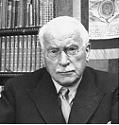 Good evening, and welcome to BBC radio 4. I’m Professor David Stephenson, professor of Dutch historical studies at Cambridge. This is the final episode of our 50 episode special on the second 80 years war over Europe. Joining me for these broadcasts are fellow researchers and scholars Doctor Albert Andrews, specialist in German studies from the Berlin academy, Professor Robert Lowe, specialist in French studies at Cambridge, and a graduate student and technical assistant, Anton Thatcher. Last episode, we discussed the start of the Orange Conspiracy and rebellion from the Federation.
Good evening, and welcome to BBC radio 4. I’m Professor David Stephenson, professor of Dutch historical studies at Cambridge. This is the final episode of our 50 episode special on the second 80 years war over Europe. Joining me for these broadcasts are fellow researchers and scholars Doctor Albert Andrews, specialist in German studies from the Berlin academy, Professor Robert Lowe, specialist in French studies at Cambridge, and a graduate student and technical assistant, Anton Thatcher. Last episode, we discussed the start of the Orange Conspiracy and rebellion from the Federation. As much as the Orange party had sought a peaceful resolution, there were still men within Amsterdam who believed in a true democracy, a scant few who believed that even a constitutional monarch bound by parliament would be too far from the ideals of republicanism. These five hundred men armed themselves, and denied the walls of Amsterdam, which were under the control of the Orange party forces, bravely attempted to forestall the Royalist army marching onward to their capital.
As much as the Orange party had sought a peaceful resolution, there were still men within Amsterdam who believed in a true democracy, a scant few who believed that even a constitutional monarch bound by parliament would be too far from the ideals of republicanism. These five hundred men armed themselves, and denied the walls of Amsterdam, which were under the control of the Orange party forces, bravely attempted to forestall the Royalist army marching onward to their capital.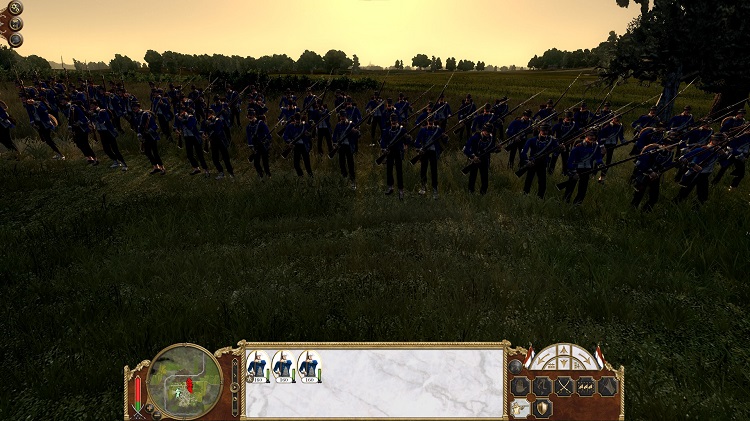
A few brave Dutch republican loyalists stand against a vastly superior force. Even the sky, a brilliant orange seems to foresee a Royalist victory.
 The effort was a futile one. Nearly all the army had already betrayed the Federation, and even the garrison in Amsterdam gave way to the conquering forces. In fact, they moved to check the Federation state of Hannover to insure that their armies did not interfere with the revolution.
The effort was a futile one. Nearly all the army had already betrayed the Federation, and even the garrison in Amsterdam gave way to the conquering forces. In fact, they moved to check the Federation state of Hannover to insure that their armies did not interfere with the revolution.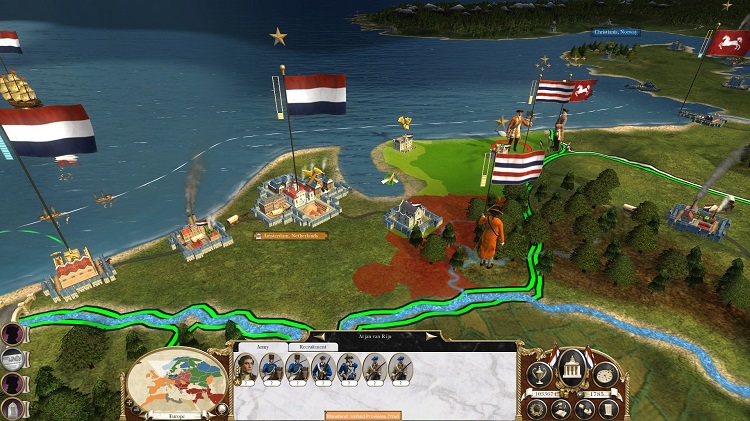
The royalists began their assault with only a select few regiments, as they wanted to absolutely guarantee the loyalty of their forces to the Royalist cause. The rest of the army which the conspirators believed could be conflicted had been sent abroad.
 Still, on the outskirts of Amsterdam, the last army to fight under the Republican banner would clash against the first to bear the royalist’s colours. The rebel forces were better armed, better trained and better led having been formed, trained and paid on government funds. Ironically, the loyalists were all nearly powerless civilians with no formal training and no backing from the government making it one of the strangest rebellions in history.
Still, on the outskirts of Amsterdam, the last army to fight under the Republican banner would clash against the first to bear the royalist’s colours. The rebel forces were better armed, better trained and better led having been formed, trained and paid on government funds. Ironically, the loyalists were all nearly powerless civilians with no formal training and no backing from the government making it one of the strangest rebellions in history.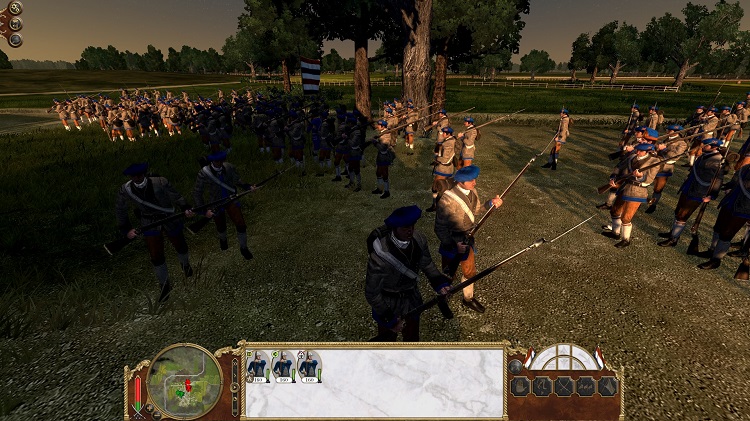
Battalions of royalists with their provisional flag. It would be replaced by 1801. This battalion, in honour of Ouwerkerk dressed in the manner of militia, but were as well trained as the men of the line.
 The few defenders were strung about through the suburbs, occupying a town house in the edge of the town. One battalion had moved into line alongside it, while their third battalion overextended, finding themselves intercepted by swift hussars. Unable to form squares and demoralized at the thought of fighting their former protectors, the first battalion panicked and were run down.
The few defenders were strung about through the suburbs, occupying a town house in the edge of the town. One battalion had moved into line alongside it, while their third battalion overextended, finding themselves intercepted by swift hussars. Unable to form squares and demoralized at the thought of fighting their former protectors, the first battalion panicked and were run down.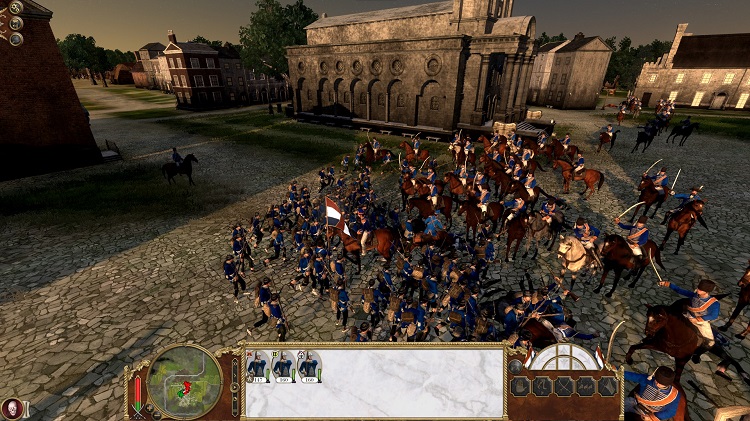
The Royalist hussars charge down an overextended battalion of civilians. Without the proper training, the civilians could not hold against such a charge.
 The second two managed to rout a pair of cavalry squadrons, the first receiving the charge head on after discharging their shots while the second rained death from above through open windows and balconies into the cavalry.
The second two managed to rout a pair of cavalry squadrons, the first receiving the charge head on after discharging their shots while the second rained death from above through open windows and balconies into the cavalry.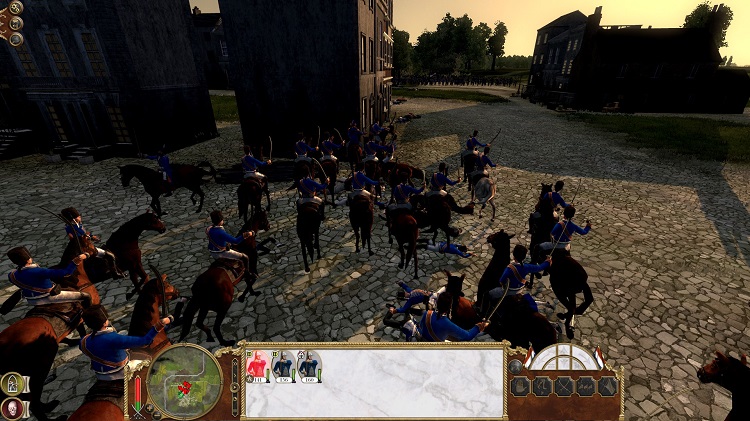
The hussars begin to charge their way towards better placed civilians who could at the very least get their shots off against the hussars.
 The first would not hold out once the infantry made it into close quarters however, and with the Scottish mercenaries charging into them, they quickly abandoned their comrades within the farmhouse to fight by themselves. Those stationed in that farmhouse quickly found the lower floors being overrun and had to retreat back to the second story where a terrible melee formed. The civilians were not well trained with the bayonet, and as such, it was a massacre, the floor running red with their blood. The professional royalists were entirely in their element pushing the few defenders further and further back into the house until their backs were literally to the walls where they were either stabbed to death or gunned down.
The first would not hold out once the infantry made it into close quarters however, and with the Scottish mercenaries charging into them, they quickly abandoned their comrades within the farmhouse to fight by themselves. Those stationed in that farmhouse quickly found the lower floors being overrun and had to retreat back to the second story where a terrible melee formed. The civilians were not well trained with the bayonet, and as such, it was a massacre, the floor running red with their blood. The professional royalists were entirely in their element pushing the few defenders further and further back into the house until their backs were literally to the walls where they were either stabbed to death or gunned down.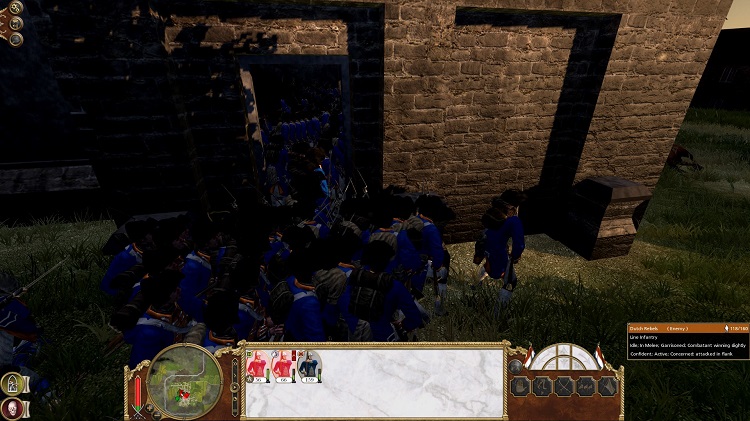
The Royalists storm the town house occupied by loyalists. As they pushed the loyalists further and further up the building, the loyalists fought more and more desperately, but it was to no avail.
 Other than those few good Samaritans, the Royalist army faced no opposition as they made their way into the presidential palace where they took control of the government building, the guard, the press and all of the munitions stores. William the first was crowned King one month after, and parliament headed by the Orange party came into office two months after. The official opposition, the conservatives being the even more right wing party was beaten fairly, but in a certain sense, the election could be considered rigged, as neither party would be considered particularly appealing to our current sensibilities.
Other than those few good Samaritans, the Royalist army faced no opposition as they made their way into the presidential palace where they took control of the government building, the guard, the press and all of the munitions stores. William the first was crowned King one month after, and parliament headed by the Orange party came into office two months after. The official opposition, the conservatives being the even more right wing party was beaten fairly, but in a certain sense, the election could be considered rigged, as neither party would be considered particularly appealing to our current sensibilities. The Orange party could not in retrospect be considered too dishonourable however, as they did lose several future elections, and a brief resurgence in popularity of the liberals saw them oust the Conservatives as the primary opposition from 1870 onward. Still, with the crown able to meddle to a limited degree as guaranteed and restricted by the constitution of 1795, the Orange party could rule with a near iron fist should they have so desired.
The Orange party could not in retrospect be considered too dishonourable however, as they did lose several future elections, and a brief resurgence in popularity of the liberals saw them oust the Conservatives as the primary opposition from 1870 onward. Still, with the crown able to meddle to a limited degree as guaranteed and restricted by the constitution of 1795, the Orange party could rule with a near iron fist should they have so desired. This marked the exit of the United Provinces from the 80 years war, which would rage for another ten years, ending in 1796. Prussia was in control of Gdansk, Berlin, Dresden and Silesia, but had lost Prague. Transylvania quickly fell to Crusading armies after the Dutch withdrew their forces essentially leaving it to the Polish Empire. Poland had lost Hungary to the Ottomans, but Austria succeeded in seceding from the Federation in 1789 with Polish assistance, joining them in what would become known as the East European Imperial Alliance.
This marked the exit of the United Provinces from the 80 years war, which would rage for another ten years, ending in 1796. Prussia was in control of Gdansk, Berlin, Dresden and Silesia, but had lost Prague. Transylvania quickly fell to Crusading armies after the Dutch withdrew their forces essentially leaving it to the Polish Empire. Poland had lost Hungary to the Ottomans, but Austria succeeded in seceding from the Federation in 1789 with Polish assistance, joining them in what would become known as the East European Imperial Alliance.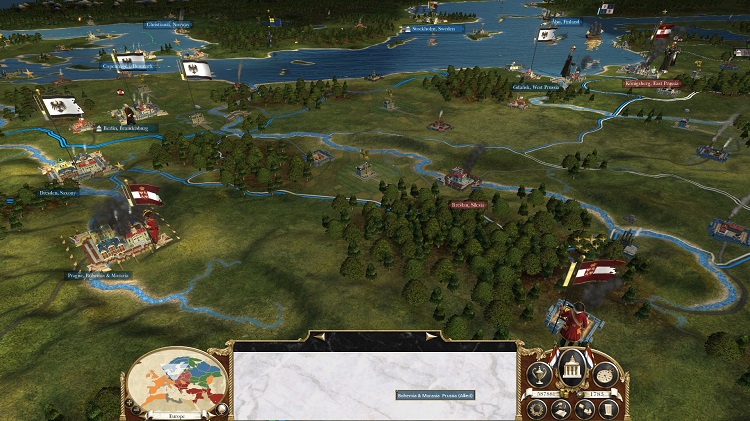
The war, especially over South Prussia would continue for another decade. Without the decisive action of the Federation led by a single government, and thrown into disarray with the secession of the Dutch, the war turned to a more equitable one than it had been previously.
 By terms and conditions of the negotiation ending the war, while Rome would remain under Federation control, Vatican city would come under Polish jurisdiction, Greece would be liberated from Ottoman rule, and the Polish army would pay reparations to the amount of five hundred million guilders to be paid over the next fifty years. This would end the eighty years war, but draw up the sides for the war of Austrian renewal in 1823.
By terms and conditions of the negotiation ending the war, while Rome would remain under Federation control, Vatican city would come under Polish jurisdiction, Greece would be liberated from Ottoman rule, and the Polish army would pay reparations to the amount of five hundred million guilders to be paid over the next fifty years. This would end the eighty years war, but draw up the sides for the war of Austrian renewal in 1823.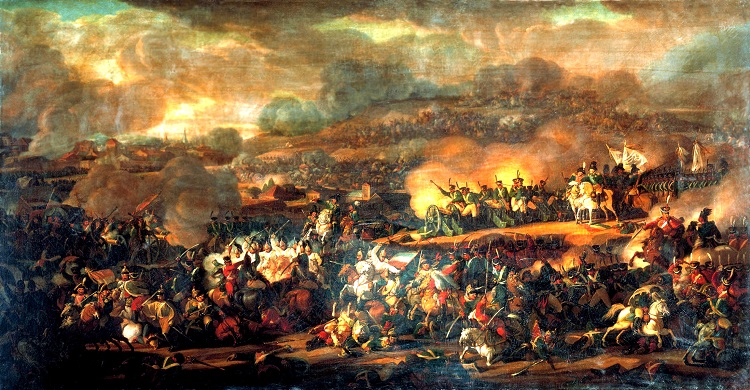
The Federation defeats the Polish forces at the pivotal battle of Austerlitz in the war of Austrian renewal.
 Sweden, now a republic had softened its views on the Federation, and qualifying, joined in 1812 to counter increasing Russian aggression. Russia had been allies with the Polish forces for ages, and with Poland at peace with the Federation, the border war fought between Sweden and Russia was becoming more ominous by the day. Sweden was not entirely certain they could defeat Russia alone, and if their Polish allies, then free of their obligation to fight the Federation would be free to assist. The two empires combined would almost certainly have defeated them, and so they joined the Federation for protection.
Sweden, now a republic had softened its views on the Federation, and qualifying, joined in 1812 to counter increasing Russian aggression. Russia had been allies with the Polish forces for ages, and with Poland at peace with the Federation, the border war fought between Sweden and Russia was becoming more ominous by the day. Sweden was not entirely certain they could defeat Russia alone, and if their Polish allies, then free of their obligation to fight the Federation would be free to assist. The two empires combined would almost certainly have defeated them, and so they joined the Federation for protection.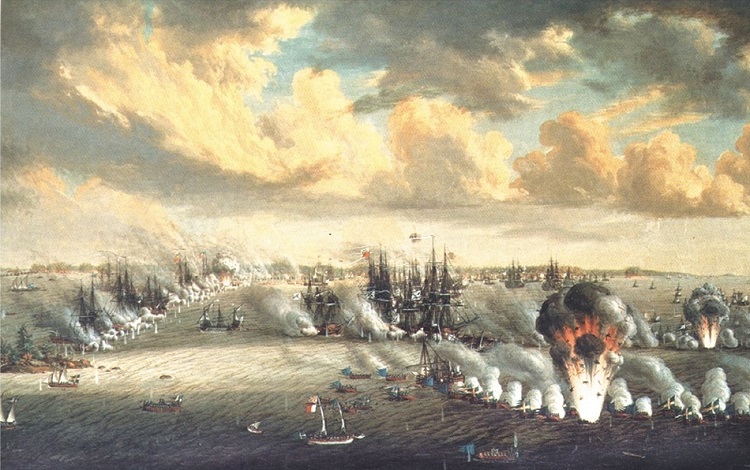
Sweden and Russia had been engaged in many battles, but had been in a stalemate through the entire war. With the shift in Central and Western Europe leading to a changing strategic position, Sweden needed strong allies to block Polish aggression.
 Abroad, the Dutch maintained control over both India and much of North and South America. This was the source of finances, and the reason they could afford to field armies keeping them safe and neutral all through to 1935. With the vast majority of the United provinces kept afloat on trade income to the rest of the world, the typical job was that of the soldier for many men in the United Provinces, though Dutch factories, farms, fisheries and banks were all respectable places for men to work.
Abroad, the Dutch maintained control over both India and much of North and South America. This was the source of finances, and the reason they could afford to field armies keeping them safe and neutral all through to 1935. With the vast majority of the United provinces kept afloat on trade income to the rest of the world, the typical job was that of the soldier for many men in the United Provinces, though Dutch factories, farms, fisheries and banks were all respectable places for men to work.
Men from India also often joined Dutch Indian legions which helped defend India from Polish aggression, and which were a large part of the Dutch forces by 1935.
 In India, the Dutch were able to control much of the population with what amounted to iron rule, rather than the relatively parliamentary rule back home. This would not come round to cause a revolt until 1950, when India would gain its independence.
In India, the Dutch were able to control much of the population with what amounted to iron rule, rather than the relatively parliamentary rule back home. This would not come round to cause a revolt until 1950, when India would gain its independence. In the Americas, violent uprisings would prove far more common. The United States of America were formed after a rebellion against the Dutch in 1804, scarcely after the fall of the Federation. Fuelled by a variety of factors ranging from the new Dutch policy of heavily taxing the American colonies without funding American businesses, to the new attempts at imposing Dutch culture on the largely British populace. Canada was similarly annexed by the Federation when Dutch troops refused to assist against aggressive American action in the war of 1812. The Dutch would not come to regret the incident until the late 1800s, or the early 1900s when the American economy came into its own.
In the Americas, violent uprisings would prove far more common. The United States of America were formed after a rebellion against the Dutch in 1804, scarcely after the fall of the Federation. Fuelled by a variety of factors ranging from the new Dutch policy of heavily taxing the American colonies without funding American businesses, to the new attempts at imposing Dutch culture on the largely British populace. Canada was similarly annexed by the Federation when Dutch troops refused to assist against aggressive American action in the war of 1812. The Dutch would not come to regret the incident until the late 1800s, or the early 1900s when the American economy came into its own.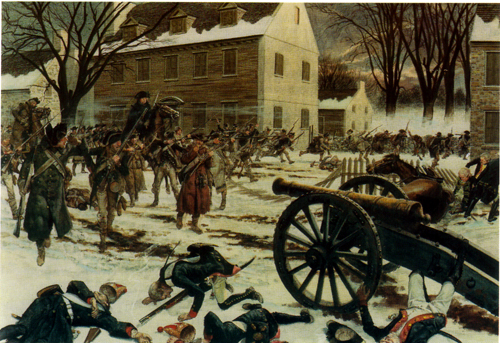
The American revolution. As the region was not anywhere near as profitable as India, the Dutch neglected to spend the resources needed to counter the revolution.
 In Europe, the Dutch had personally maintained control of the province of Belgium, and located their royal palace near the border of Belgium by Tilburg, the political capital remained in the Hague, while the center of business remained in Amsterdam.
In Europe, the Dutch had personally maintained control of the province of Belgium, and located their royal palace near the border of Belgium by Tilburg, the political capital remained in the Hague, while the center of business remained in Amsterdam.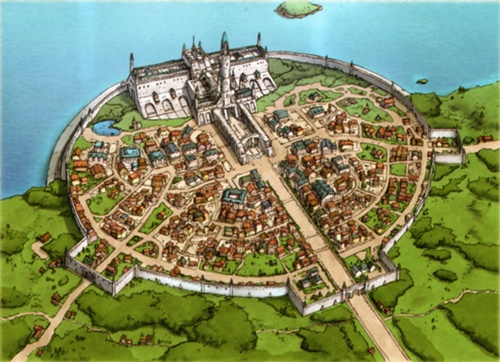
An artists conception for the layout and design for the Dutch Royal Palace. The construction began in 1796 and finished in 1814, with a full scale remodeling in 1894.
 Prior to the 1800s, limited Federation attacks against the Dutch would occur and be repelled, as the Federation was able to grow in military strength very quickly after the end of the eighty years war, but when it became clear that Poland was watching and waiting for an advantage, they were forced to redeploy their troops east, especially as the Dutch maintained a concentrated army of over fifty thousand men in the region of the Netherlands alone, expanded out to over three hundred thousand by the late 1800s as army sizes expanded.
Prior to the 1800s, limited Federation attacks against the Dutch would occur and be repelled, as the Federation was able to grow in military strength very quickly after the end of the eighty years war, but when it became clear that Poland was watching and waiting for an advantage, they were forced to redeploy their troops east, especially as the Dutch maintained a concentrated army of over fifty thousand men in the region of the Netherlands alone, expanded out to over three hundred thousand by the late 1800s as army sizes expanded.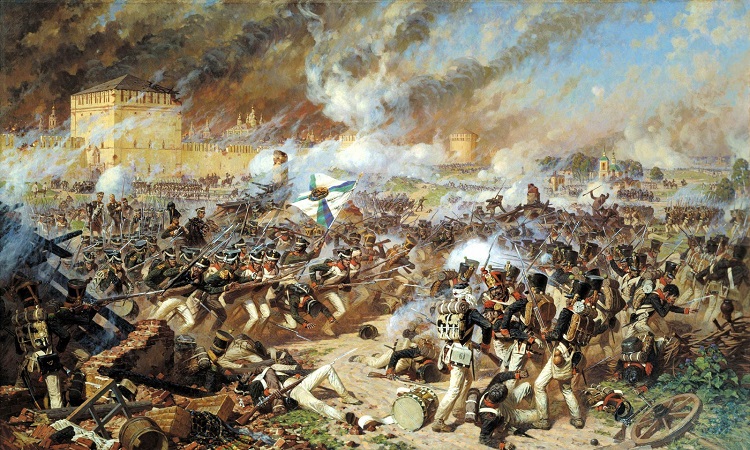
Armies exploded in size in the 1800s. The total Federation force by the mid 1800s involved nearly a million soldiers.
 During the war of Austrian renewal, fought on one side primarily by Prussia, Poland, Austria and France, the Netherlands would remain completely neutral, no longer concerned about their borders. Poland’s wrath had been redirected to the Federation as a whole, not to the Dutch themselves allowing trade to flow between the Dutch and the Polish Empire. A crucial intermediary between the two forces that was able to provide Federation industry in exchange for Imperial grain.
During the war of Austrian renewal, fought on one side primarily by Prussia, Poland, Austria and France, the Netherlands would remain completely neutral, no longer concerned about their borders. Poland’s wrath had been redirected to the Federation as a whole, not to the Dutch themselves allowing trade to flow between the Dutch and the Polish Empire. A crucial intermediary between the two forces that was able to provide Federation industry in exchange for Imperial grain.
Eastern Europe held some of the world's greatest grain producing regions. Many of the Federation states at a food deficit had to purchase their grain from the Empire, and often did so through a Dutch intermediary.
 The war of Austrian renewal however, moving unchecked through a weakened Prussia and a still poorly organized Federation managed to make their way to the Dutch border, something the Dutch found slightly disconcerting. After the capture of most of Prussia, Hannover seceded from the Federation under threat from the Imperial rulers. The battles over the resource rich regions of Alsace and Lorraine had resulted in a Polish victory, but the Federation managed to rally by 1825, and the now unified Federation army pushed the Imperial forces back through to Silesia, nearly capturing Vienna before internal troubles in France, which were quelled through the cooperative efforts of the Federation came together to police and placate the populace, resulted in a relaxation of the eastern Front.
The war of Austrian renewal however, moving unchecked through a weakened Prussia and a still poorly organized Federation managed to make their way to the Dutch border, something the Dutch found slightly disconcerting. After the capture of most of Prussia, Hannover seceded from the Federation under threat from the Imperial rulers. The battles over the resource rich regions of Alsace and Lorraine had resulted in a Polish victory, but the Federation managed to rally by 1825, and the now unified Federation army pushed the Imperial forces back through to Silesia, nearly capturing Vienna before internal troubles in France, which were quelled through the cooperative efforts of the Federation came together to police and placate the populace, resulted in a relaxation of the eastern Front.
A revolt in France forced the Federation to withdraw forces from the front, and divert millions of guilders from the war effort into feeding the French populace.
 The war of Prussian independence, fought 1867 to reclaim “Prussian lands” from the Polish Empire similarly saw little to no Dutch involvement. Poland at the time had let their military run down, and the gap in technology between the Federation and her allies and the Empire had grown even further. This gave the Prussians the opportunity to fight back, capturing Silesia, Prague and threatening Vienna. By 1871 however, Russia came to the aid of Poland, and an overextended, over ambitious Prussia had found its aid from the Federation cut. Those factors combined with the disaster of Vienna saw the Polish forces roll the Prussians back to Berlin, and to the Prussian surrender to the Polish Empire as a vassal state.
The war of Prussian independence, fought 1867 to reclaim “Prussian lands” from the Polish Empire similarly saw little to no Dutch involvement. Poland at the time had let their military run down, and the gap in technology between the Federation and her allies and the Empire had grown even further. This gave the Prussians the opportunity to fight back, capturing Silesia, Prague and threatening Vienna. By 1871 however, Russia came to the aid of Poland, and an overextended, over ambitious Prussia had found its aid from the Federation cut. Those factors combined with the disaster of Vienna saw the Polish forces roll the Prussians back to Berlin, and to the Prussian surrender to the Polish Empire as a vassal state.
The map of Europe would remain relatively stable from this time all the way up to 1935.
 The battles of 1870 were vastly different from the ones fought by the Dutch and the Federation during the eighty years war. The near defective experimental prototype of the Pukle gun, a rapid firing gun emplacement had given way to the powerful American invention, the Gatling gun. The average rifle no longer required a ramrod and powder, instead each bullet was encased in brass and could be fed internally without having to go through the barrel. This increased rate of fire and accuracy to a level far above and beyond what was possible for a musket loaded weapon. Still, men fought in lines one alongside the other, firing in volleys at an enemy well within the range of their guns.
The battles of 1870 were vastly different from the ones fought by the Dutch and the Federation during the eighty years war. The near defective experimental prototype of the Pukle gun, a rapid firing gun emplacement had given way to the powerful American invention, the Gatling gun. The average rifle no longer required a ramrod and powder, instead each bullet was encased in brass and could be fed internally without having to go through the barrel. This increased rate of fire and accuracy to a level far above and beyond what was possible for a musket loaded weapon. Still, men fought in lines one alongside the other, firing in volleys at an enemy well within the range of their guns.
The greatest innovation for improving the lethal accuracy and rate of fire for guns was the hard shelled cartridge, allowing for an internal feed, internal magazines and a cartridge ejection system that would not foul the barrel.
 But it was not until the first Europan War that the way wars were fought truly changed. Gone was the mobility of the days of old, and the armies which once moved swiftly in a great mass to cover the Baltic to Mediterranean was now a single monolithic force that could no longer move, but covered the stretch in its entirety. The advance into the enemy had become suicidal as the labyrinthine trenches of Federation and Imperial forces grew into an inverted mockery of the castle walls of old. Barbed wire, artillery and the machine gun were now the kings of the field.
But it was not until the first Europan War that the way wars were fought truly changed. Gone was the mobility of the days of old, and the armies which once moved swiftly in a great mass to cover the Baltic to Mediterranean was now a single monolithic force that could no longer move, but covered the stretch in its entirety. The advance into the enemy had become suicidal as the labyrinthine trenches of Federation and Imperial forces grew into an inverted mockery of the castle walls of old. Barbed wire, artillery and the machine gun were now the kings of the field.
War in the 1900s would appear completely alien to the soldiers of the eighty years war.
 Even through this war, the Dutch managed to maintain their neutrality, though it was heavily armed neutrality. Multiple times, the Dutch had to defend their borders through force against both the Federation and the Empire. Situated on a strategic stretch of land needed to complete the trench system across Europe to both forces, the Dutch had to entrench themselves in on either side to prevent both Federation and Imperial troops from moving their armies through their lands.
Even through this war, the Dutch managed to maintain their neutrality, though it was heavily armed neutrality. Multiple times, the Dutch had to defend their borders through force against both the Federation and the Empire. Situated on a strategic stretch of land needed to complete the trench system across Europe to both forces, the Dutch had to entrench themselves in on either side to prevent both Federation and Imperial troops from moving their armies through their lands.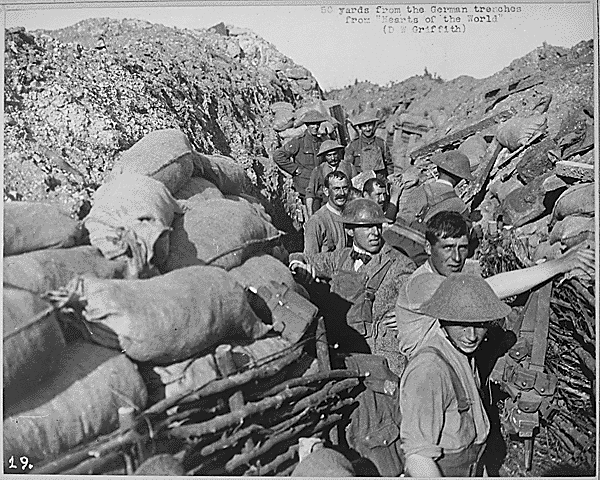
The Dutch acclimatize themselves to a trench system, but would only use such a system very rarely.
 The war only began its ending when the Russians underwent a communist revolution resulting in the end of the line of Tsars and ending Russian involvement in the war. With their ally gone, Poland, assailed by the Ottomans from the south, Sweden from the North and the Western European powers in the West were forced to the negotiation table where they were made to pay the modern equivalent of fifty billion pounds accounting for inflation.
The war only began its ending when the Russians underwent a communist revolution resulting in the end of the line of Tsars and ending Russian involvement in the war. With their ally gone, Poland, assailed by the Ottomans from the south, Sweden from the North and the Western European powers in the West were forced to the negotiation table where they were made to pay the modern equivalent of fifty billion pounds accounting for inflation.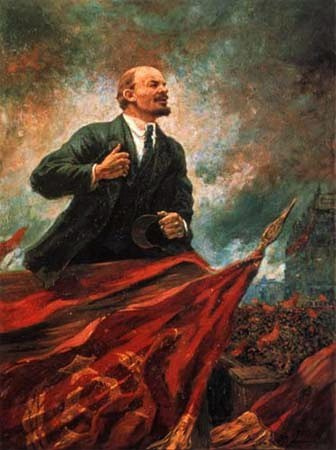
Lenin lead the Russians through a communist revolution which would distance the Russians from their former allies, the Polish.
 Lasting from 1910 to 1922, the “war to end all wars” resulted in over two million soldiers dead, the destruction of much of the industry of the Western Empire and France, and the crippling of the collective economies of much of Europe. Neither side was satisfied by the result, and would culminate thirteen years later in the next war the Dutch would find themselves involved in.
Lasting from 1910 to 1922, the “war to end all wars” resulted in over two million soldiers dead, the destruction of much of the industry of the Western Empire and France, and the crippling of the collective economies of much of Europe. Neither side was satisfied by the result, and would culminate thirteen years later in the next war the Dutch would find themselves involved in.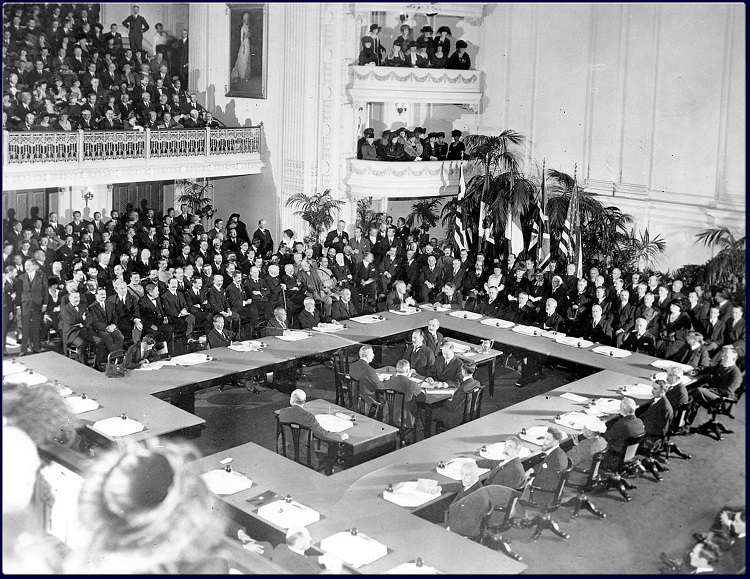
The treaty at Versailles ending the first Europan war.
 This is the end of our fifty episode special on the eighty years war. But this is not the end of our Empire total war series. Next week, Operation Valkyria: the Dutch special forces in the second Europan war will continue our examination of the Dutch Empire at war, this time in the 1900s.
This is the end of our fifty episode special on the eighty years war. But this is not the end of our Empire total war series. Next week, Operation Valkyria: the Dutch special forces in the second Europan war will continue our examination of the Dutch Empire at war, this time in the 1900s.
 Next, we will be talking about entertaining and harmless pranks, followed by world news. If you want news of the current war in the Middle East please channel in to BBC radio 1. David Stephenson will begin the new documentary within the Empire Total War series, Operation Valkyria next week.
Next, we will be talking about entertaining and harmless pranks, followed by world news. If you want news of the current war in the Middle East please channel in to BBC radio 1. David Stephenson will begin the new documentary within the Empire Total War series, Operation Valkyria next week.